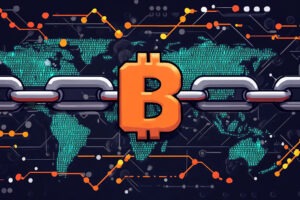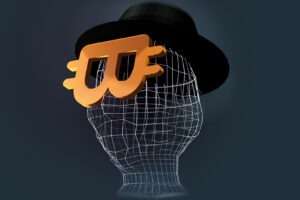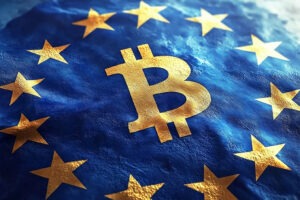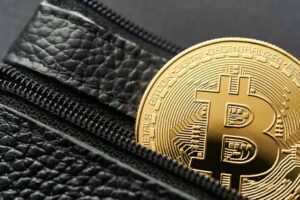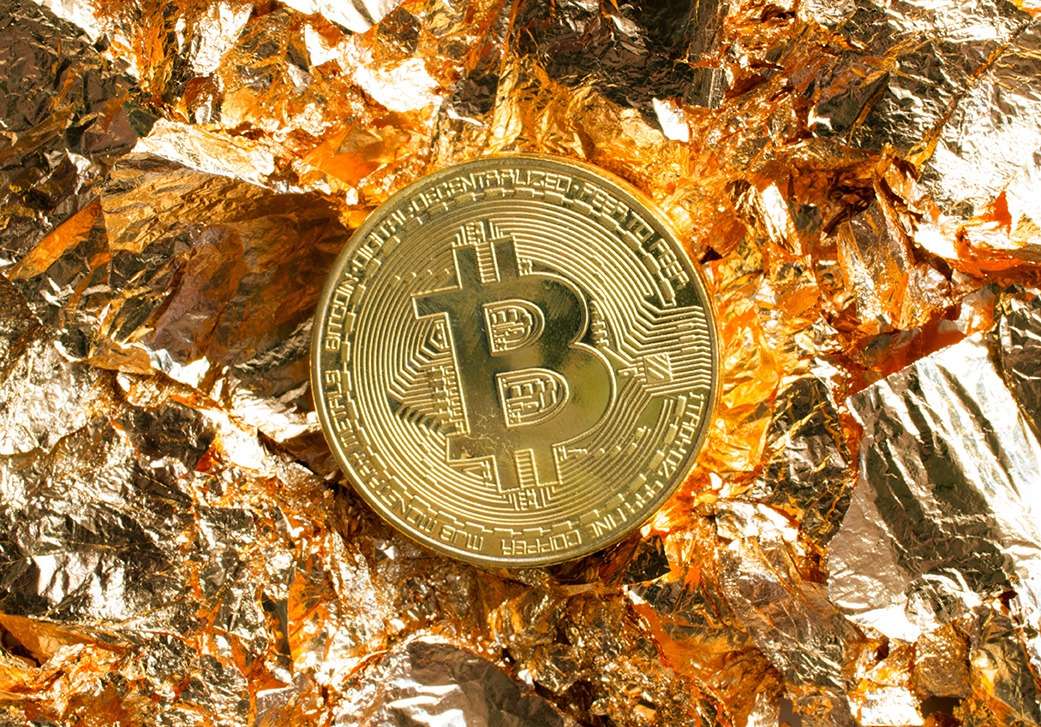You must have heard or experienced the recent heavy rains that raged through various parts of the continent. One major hit area was Dubai, which is in the UAE. Well, this did not stop the over five hundred enthusiasts from unveiling the enigma of Bitcoin ordinals at the inaugural ‘Ordinals Meetup.’ The Bitcoin blockchain advancements have attracted divisive opinions, such as whether BRC20 ordinals are a revolutionary leap or a mere distraction in Bitcoin’s legacy.
Ordinals: Expanding Bitcoin’s Potential Beyond Digital Gold
Ordinals were created by developer Casey Rodarmor in 2022. They launched in January 2023 to give each satoshi (the smallest Bitcoin unit) a unique identity. These satoshis carry digital content and unique ordinal numbers that mark their minting sequence. This innovation is possible through the technological wizardry of Segregated Witness (SegWit), which tracks ordinals using a transaction’s unique identifier known as the TXID. BRC20 Ordinals: Bitcoin’s high-tech leap or a distraction remains to be seen.
With ordinals, Bitcoin is a digital gold equivalent, a canvas for art, a haven for digital culture, a vessel for data integrity and a platform for DeFi and gaming. Serge Ajamian, CEO of Centauri Capital and the Ordinals Council co-founder, states that “Bitcoin is evolving, and so must its narrative.”
Mirroring Ethereum’s smart contract eruption, ordinals enable Bitcoin to host non-fungible tokens and other digitised assets. However, as opposed to Ethereum’s dependency on external services like AWS, Bitcoin ordinals nest assets within the Blockchain itself—the bottom line of where Bitcoin edges Ethereum. These BRC20 ordinals contribute significantly to Bitcoin’s narrative.
Challenges and Concerns in Bitcoin’s Technical Evolution
Yet, this technical evolution has its share of problems. A surge in Ordinal inscriptions in May 2023 caused the BTC Blockchain to bloat, which resulted in high transaction fees. This pressure has even spilt over to Litecoin’s Blockchain, resorting to the mirroring LTC20 Ordinal standard, which recycles the layer 1 Blockchain scaling discussion. Whether these BRC20 Ordinals: Bitcoin’s high-tech leap or distraction, needs assessment.
MicroStrategy recently introduced a BTC-based decentralised Identity and solutions. A good example is ‘Orange for Outlook’, which integrates digital signatures into emails. This is a new horizon for trust-enhanced communication and further innovations in Bitcoin.
However, innovation extends beyond BRC20 Ordinals. Other developments like the Runes protocol, which aims to curtail Blockchain spam, show Bitcoin’s multispectral advancement in Tokenisation. Technological promises aside, skepticism remains. Some worry the Bitcoin network could turn into a congested path for collectibles and speculative ventures. A scenario depicting the same is the congestion currently seen in Ethereum’s NFT market.
Ajamian and his colleagues at the Ordinals Council suggest that these concerns are only part of an early stage. They believe these issues will eventually fade away. The Council believes that ordinals introduce complexity but are also decisive to the persistent nature of NFTs, unheard of by previous standards. Expected improvements and miner incentives aim to uphold BTC’s efficiency and sustainability amid the BRC20 Ordinals debate.
The Future of Bitcoin with Ordinals: Innovation or Distraction?
Time will reveal whether the Ordinals Council’s assertions hold true, as debates on scaling and network integrity continue. As the world hesitantly tiptoes towards a Bitcoin standard, the question lingers as to whether ordinals are a scalable and integral transformation or an overhyped distraction that might lead to the same energy-intensive and slow transaction issues we’ve witnessed before. In the end, time will determine whether these are Bitcoin’s high-tech leap or just a distraction.
Only time will tell if BRC20 is the way and the truth.
Image Source: Adobe Stock
Disclaimer: This article is provided for informational purposes only. It is not offered or intended to be used for legal, tax, investment, financial or other advice.

